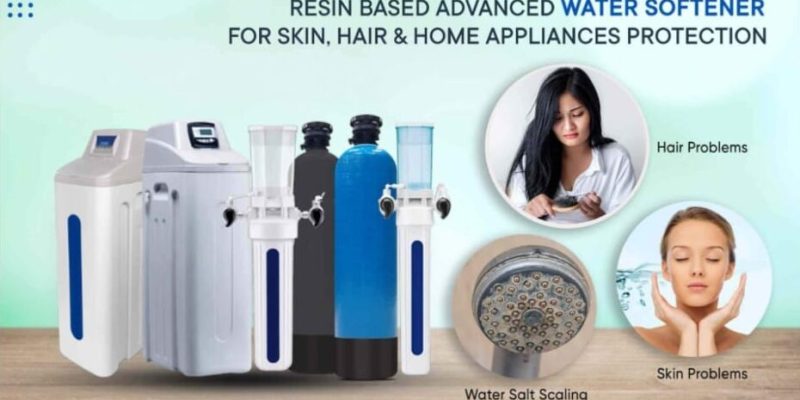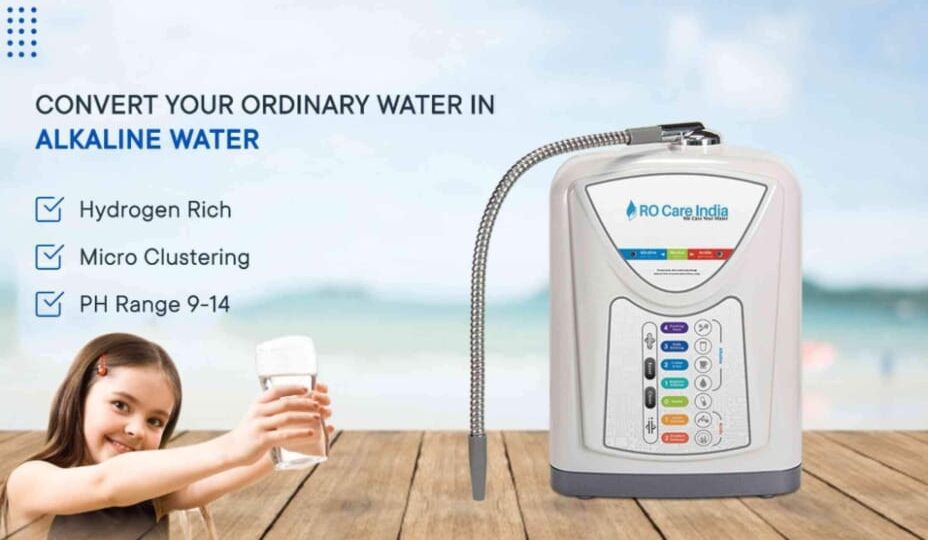

Reason for iron content or yellow colour in Water
The reason behind the yellow colour and iron taste in water is the oxidation of ferrous iron to ferric iron. Ferrous iron, which is soluble and clear but, it change into ferric iron when exposed to air. This ferric iron gives the water a yellow or reddish-brown colour and iron taste. We can solve this with iron removal filter.

Iron removal filter based plant is the solution
These specialized filters are designed to efficiently reduce the iron content in water, providing a clear and taste-free drinking experience.
Iron removal filters operate by utilizing a range of filtration media and technologies that target and capture iron particles, preventing them from reaching your faucets.
Investing in a reliable iron removal filter can not only enhance the quality of your water but also protect your plumbing system from the damaging effects of iron build-up.
Watch the video for detailed explanation
The yellow colour and iron taste in your water may be indicative of high iron levels, a common concern in many families. Rather than tolerating the unpleasant taste and appearance, consider the benefits of using an iron removal filter based plants. These plants offer a practical and long-term solution to ensure your water is free from excess iron, providing you with clean, clear, and refreshing water for various household needs.
For your information, the intensity of yellow or brown colour in iron water can change based on the amount of iron content, the rate of oxidation, and the presence of other substances. Additionally, pH, temperature, and the presence of dissolved minerals or organic matter can have an effect on the colour of iron water.
Advantages of iron removal filter
- Improved Water Quality
- Protection of Plumbing & Tiles
- Customizable Solutions
- Compliance with Regulatory Standards
- Automation & Technological benefits
Diagram of iron removal filter system for individual house

Iron Water Filtration Process
1.Pre-treatment
Used to remove large particles & sediment from the water. General pre-treatment methods are sedimentation, settling tanks or filtration using screens, sediment filters. Sedimentation allows the heavier particles to settle at the bottom, while filtration helps remove finer particles.
2. Aeration
Need of Aeration is to introduce air into the water, which helps in the oxidation of dissolved ferrous iron (Fe2+) to ferric iron (Fe3+).
Oxidation is a necessary process in iron removal filters because ferric iron doesn’t mix with water and easy to remove from it.
Sprinkling water into the air is a common way for iron removal plants to add oxygen. This makes a lot of surfaces where oxygen from the air can mix with the water. Another way is to move air through diffusers or sparklers that are placed in water. This helps oxygen move through the water. You can also use mechanical agitators to make turbulence, which makes more air and water touch each other and speeds up the oxidation process. Sometimes, extra catalysts like manganese dioxide or activated carbon are added to the water to speed up the oxidation process.
The new ferric iron settles to the bottom of the water as rust particles or iron floc. The iron floc’s size and density are affected by many things, including the amount of iron in the water, its pH level, its temperature, and any other substances that are present. The iron floc can be viewed as pieces that are brown or red.
3. Settling & Filtration
During the settling process, the iron floc separates from the water and forms a layer of sludge at the basin’s bottom. After the water is clear, it is carefully taken from the top of the settling basin or moved to the filter stage.
After the settling step, the cleared water is filtered to remove of any iron particles or other impurities that are still present. Various types of filter media are usually used for filtration. Media that are commonly used are sand, activated carbon, or multimedia (which is a mix of different filter media like sand, anthracite, and garnet).
These filters catch any iron particles or other solids that are still in the water. This makes sure that the water is even cleaner before it goes to the next step.
4. Post-treatment
At this stage, any leftover impurities are removed, the water is disinfected, and the pH is changed if needed. To get rid of any germs or bacteria that may be there, common methods used after cleaning include chlorine decontamination, UV sterilisation, or adding chemicals like sodium hypochlorite. Some chemicals, like lime or soda ash, can also be used to change the pH level of water to make it better.
